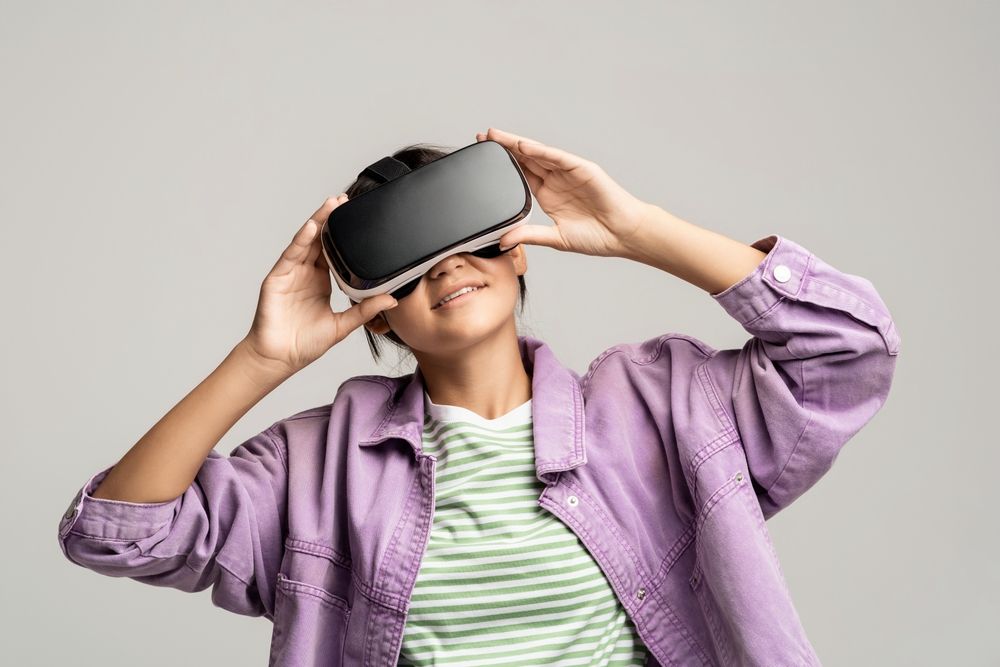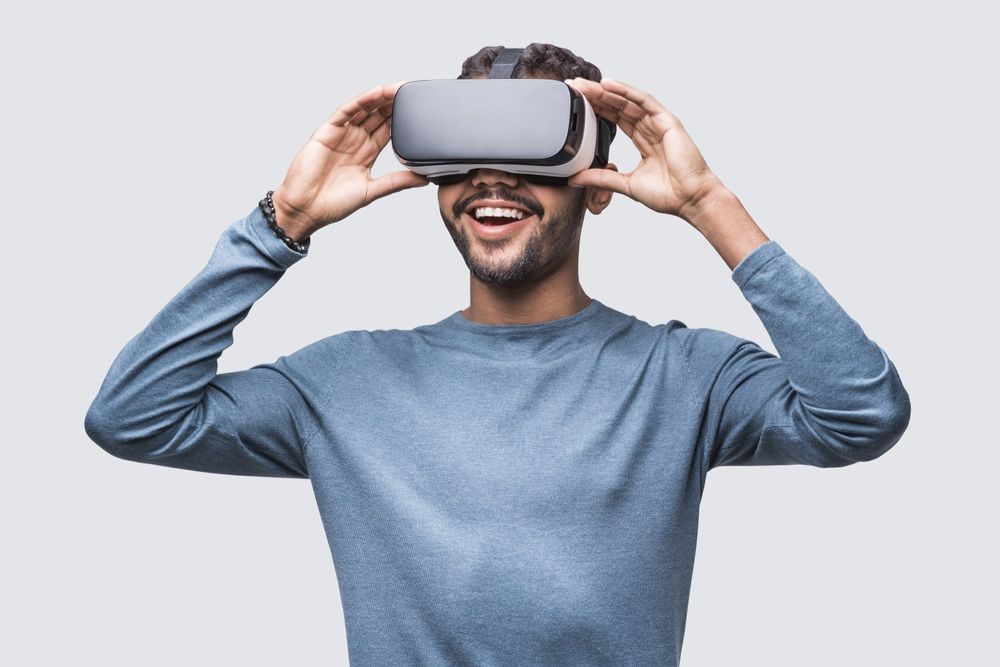Virtual reality (VR) technology has come a long way in recent years, transforming immersive entertainment, education, and professional training. With rapid advancements in display technology, tracking, and content libraries, this year’s lineup of VR headsets offers something for everyone—from hardcore gamers to creative professionals and casual explorers. In this comprehensive guide, we’ll break down the key features you should look for in a VR headset, compare this year’s top models, and help you decide which device best fits your needs.
Understanding Virtual Reality Headsets
Before diving into the specifics of the best models on the market, it’s important to understand what makes a great VR headset. At its core, a VR headset is a device that creates a simulated environment, allowing you to interact with 3D worlds through a combination of stereoscopic displays, spatial audio, and motion tracking.
Key Components of a VR Headset
- Display Technology: High-resolution screens (often OLED or fast-switching LCD panels) that provide immersive visuals. Look for headsets with high pixels-per-inch (PPI) ratings and refresh rates of 90 Hz or higher for smooth motion.
- Tracking Systems: Sensors and cameras (or external base stations) that track your head and hand movements, ensuring your physical actions translate accurately in the virtual world.
- Field of View (FOV): A wider field of view enhances immersion by allowing you to see more of the virtual environment at once.
- Ergonomics: Comfort is crucial, especially during extended sessions. Weight distribution, adjustable straps, and cushioning all play a role in overall comfort.
- Audio: Integrated spatial audio systems help simulate realistic soundscapes, while support for external headphones offers a customizable experience.
- Standalone vs. Tethered: Standalone VR headsets run independently without needing a PC or console, whereas tethered headsets deliver higher performance by connecting to powerful external hardware.
Key Features to Consider
When choosing a VR headset, several factors should guide your decision:
1. Display Quality
- Resolution: Higher resolution reduces the “screen door” effect (visible gaps between pixels). Look for headsets with at least 2160 x 2160 per eye for crisp visuals.
- Refresh Rate: A higher refresh rate (90 Hz or above) ensures smooth motion and reduces motion sickness.
2. Tracking and Controllers
- Inside-Out vs. External Tracking: Inside-out tracking uses cameras built into the headset, making setup easier, while external tracking (using base stations) can provide more precise movement in larger play areas.
- Controller Ergonomics: Comfortable, intuitive controllers are essential for interacting with virtual environments. Consider whether the headset supports hand tracking for an even more immersive experience.
3. Content Library and Ecosystem
- Exclusive Titles: Some headsets have exclusive games or experiences, so consider the content available on each platform.
- Platform Compatibility: Check if the headset is compatible with your preferred gaming or productivity platform (e.g., PC VR, console VR, or standalone ecosystems).
4. Price and Value
- Budget: VR headsets range from affordable standalone devices to high-end PC-tethered systems. Determine your budget and balance it with the features you require.
- Future-Proofing: Consider headsets that offer software updates and ecosystem support to ensure longevity.

This Year’s Top VR Headset Models
Based on performance, user reviews, and overall value, here are some of the best VR headsets available this year:
1. Meta Quest 3
Overview:
Meta (formerly Oculus) continues to dominate the standalone VR market with the Quest series. The Quest 3 builds on the strengths of its predecessor with improved resolution, processing power, and a refined design.
Key Features:
- Display: High-resolution panels offering a vibrant visual experience.
- Tracking: Advanced inside-out tracking with upgraded sensors for better precision.
- Content: Access to a vast library of games and applications via the Meta ecosystem.
- Ease of Use: Wireless design and an intuitive setup process make it great for newcomers.
- Price: Positioned as a mid-range, cost-effective option for immersive VR experiences.
Best For: Gamers, casual VR enthusiasts, and anyone looking for a portable, all-in-one VR solution.
2. Sony PlayStation VR2
Overview:
Designed exclusively for the PlayStation 5, the PlayStation VR2 aims to bring console-quality VR experiences to the living room. With cutting-edge tracking and a suite of high-profile titles, it’s a game-changer for console gamers.
Key Features:
- Display: OLED panels with high contrast and vibrant colors, optimized for immersive gameplay.
- Tracking: Inside-out tracking combined with eye-tracking and haptic feedback for a more natural gaming experience.
- Content: A growing lineup of exclusive titles and integration with the PlayStation ecosystem.
- Ergonomics: Lightweight design with comfortable fit for extended play sessions.
- Price: Positioned at a premium, reflecting its advanced technology and exclusive features.
Best For: PlayStation gamers and those seeking a high-fidelity VR gaming experience.
3. Valve Index
Overview:
The Valve Index is renowned for its high performance and excellent build quality, catering primarily to the high-end PC VR market. Its innovative controllers and superior visual performance make it a favorite among VR enthusiasts.
Key Features:
- Display: High refresh rate and sharp visuals that deliver a smooth gaming experience.
- Tracking: External base station tracking provides precise, room-scale tracking in larger play spaces.
- Controllers: The Index controllers offer advanced finger tracking and ergonomic design, enhancing interactivity.
- Customization: Extensive adjustments for comfort and performance tailored to individual users.
- Price: Higher-end price point, justified by its premium features and performance.
Best For: Hardcore gamers and VR professionals who demand the best in visual fidelity and motion tracking.
4. HP Reverb G2
Overview:
The HP Reverb G2 has earned praise for its stunning display quality and comfort, making it a top choice for both gamers and professionals, particularly in simulation and training applications.
Key Features:
- Display: Ultra-high resolution displays that offer exceptional clarity and reduce eye strain.
- Tracking: Inside-out tracking with improved accuracy compared to earlier models.
- Audio: Integrated spatial audio delivers immersive soundscapes without needing external headphones.
- Comfort: Designed for long sessions with excellent ergonomics and adjustable fittings.
- Price: Offers a good balance between performance and cost for PC VR users.
Best For: Simulation enthusiasts, professional training environments, and users who prioritize high-resolution visuals.
5. Pico 4
Overview:
Pico has been making strides in the standalone VR market with the Pico 4. It offers competitive specs and an open ecosystem that appeals to both consumers and businesses looking for versatile VR solutions.
Key Features:
- Display: High-quality panels that deliver a bright and sharp image.
- Tracking: Robust inside-out tracking and intuitive controllers that support a range of interactive experiences.
- Content: A growing ecosystem that supports both consumer and enterprise applications.
- Design: Lightweight and comfortable, making it suitable for extended use.
- Price: Competitive pricing aimed at capturing a share of the mainstream VR market.
Best For: Both enterprise and consumer users seeking a versatile standalone VR headset with a flexible ecosystem.
Choosing the Right VR Headset for You
With so many options on the market, making the right choice comes down to your specific needs and budget. Here are some tips to help guide your decision:
Assess Your Usage
- Gaming vs. Professional: If you’re a gamer, consider headsets like the Valve Index or PlayStation VR2 for their superior performance and immersive features. For professional use—such as training, design, or simulation—the HP Reverb G2 offers exceptional clarity and comfort.
- Portability: Standalone headsets like the Meta Quest 3 and Pico 4 provide the convenience of a wireless, all-in-one solution, while tethered systems may offer superior performance at the expense of mobility.
Consider the Ecosystem
- Content Libraries: Each VR headset ecosystem offers different titles and applications. Ensure that the platform you choose has the games, apps, or professional tools you need.
- Compatibility: Verify that the headset works with your existing hardware. For example, the PlayStation VR2 requires a PlayStation 5, and the Valve Index requires a high-end gaming PC.
Think About Future-Proofing
- Software Updates: Opt for a headset from a company that is committed to regular software updates and long-term support.
- Expansion Options: Consider whether the system allows for upgrades or additional peripherals to enhance your VR experience over time.
Virtual reality is more accessible and versatile than ever before, with this year’s best models catering to a wide range of needs and budgets. Whether you’re a dedicated gamer seeking the ultimate immersive experience, a professional needing high-resolution visuals for simulation and training, or a casual user looking to explore new worlds, there’s a VR headset out there for you.
By considering factors such as display quality, tracking precision, content ecosystem, and overall comfort, you can make an informed decision that maximizes your investment in VR technology. As the industry continues to evolve, these headsets are not only gateways to exciting virtual adventures but also powerful tools for innovation and creativity.



